Lawn mowers, the trusty tools that keep our yards tidy, are more than just blades and engines; they’re intricate machines with multiple components all working harmoniously.
One crucial yet often overlooked component is the solenoid, a small device that plays a big part in getting your mower up and running.
But here’s a question that may have puzzled you before: Are lawn mower solenoids universal?
This topic might seem arcane, yet it’s critical when it comes to maintenance, repairs, or even upgrades. This article will demystify this aspect, easing your worries about finding the right solenoid for your mower.
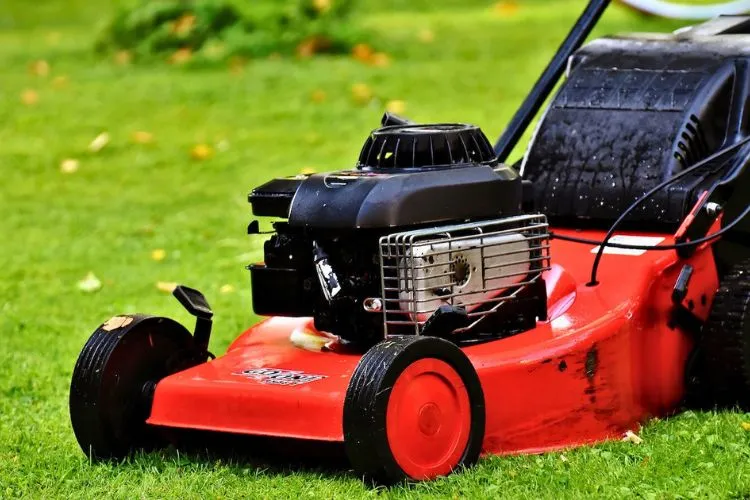
Stick with us as we delve into the heart of your lawn mower, simplifying complex concepts and answering that all-important question.
Whether you’re a homeowner, hobbyist, or professional landscaper, this guide promises to turn confusion into clarity.
Table of Contents
What Are Lawn Mower Solenoids?
As we delve deeper into the inner workings of a lawn mower, we inevitably encounter an unsung hero of its operation: the solenoid. This compact yet critical component could be likened to the key in your car’s ignition; without it, your lawn mower simply won’t start.
Despite its importance, the solenoid often remains a mystery to many.
So, let’s pull back the curtain and understand what lawn mower solenoids are, how they function, and their pivotal role in keeping our gardens well-groomed.
What is a solenoid?
A solenoid is a coil of wire wound into a tightly packed helix. But this simple description belies its transformative power.
When an electric current passes through this coil, it generates a magnetic field within the center of the helix, effectively transforming electrical energy into mechanical energy.
Depending on the design, This electromagnetic force can push or pull a metallic plunger or piston, which can control or actuate a mechanical system.
This basic solenoid operation gives it versatility in a wide range of applications. Solenoids are at the heart of many everyday objects and complex systems, acting as critical components in everything from home appliances to industrial machinery.
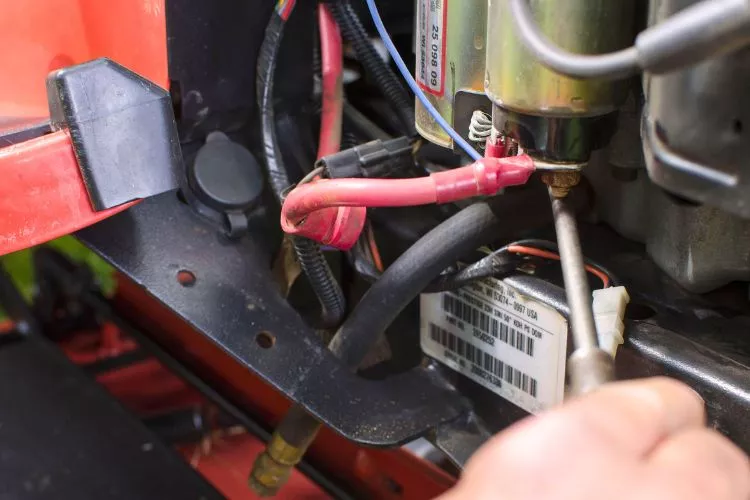
A solenoid strikes the bell in doorbells when electricity passes through the coil. In automatic washing machines, solenoids control the water inlet valves. In vehicles, they play key roles in the ignition system, powering the starter motor.
And in industries, solenoids are used in automated fluid control systems, powering hydraulic or pneumatic valves. With its simple design yet powerful operation, this versatile component is a true workhorse in the world of electromechanics.
The role of solenoids in lawn mowers
Just like in many other mechanical and electrical systems, the solenoid in a lawn mower plays a pivotal role, particularly in starting the machine.
When you turn the key or push the start button, electrical current flows from the battery to the solenoid. The magnetic field created by this current triggers a small plunger inside the solenoid, pushing a larger rod connected to the starter motor.
The role of the solenoid in this starting system is twofold. Firstly, it acts as a powerful switch, able to handle the high current needed to power the starter motor.
And secondly, it physically engages the starter gear with the engine flywheel, allowing the engine to start.
Beyond the ignition, solenoids also play a part in safety mechanisms of the mower. For instance, some lawn mowers employ a solenoid in the fuel system that prevents fuel from flowing to the engine when the mower is turned off. This reduces the risk of fuel leakage and potential fire hazards.
In essence, the humble solenoid is a vital organ in the body of a lawn mower. It brings the mower to life and ensures its safe operation. Without it, your trusty lawn mower would be little more than a lawn ornament.
Types of solenoids used in lawn mowers
Not all lawn mowers are created equal, but not all solenoids are the same. Different types of solenoids may be used depending on their specific role within the mower’s systems.
While they all harness the power of electromagnetism, they serve distinct functions.
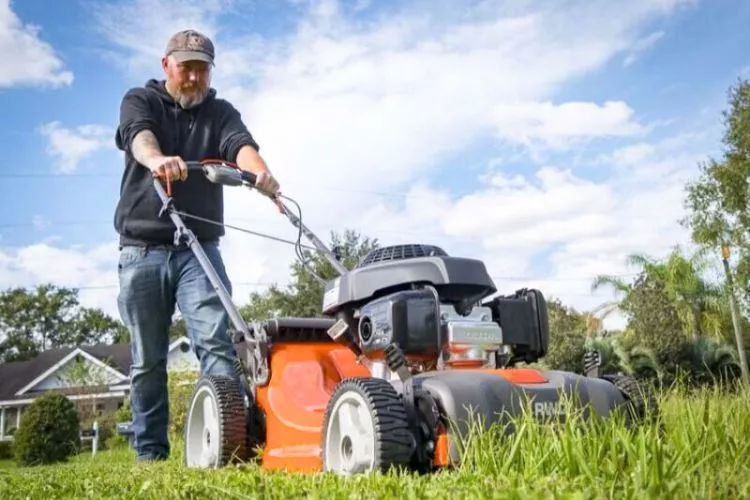
Let’s delve into three of the most common types of solenoids found in lawn mowers: electric starter solenoids, fuel shut-off solenoids, and clutch solenoids.
Electric Starter Solenoids
These are the life starters of your mower. They act as the bridge between the ignition switch and the starter motor. When you turn the key, the starter solenoid allows high current to flow from the battery to the starter motor, cranking the engine to life.
Fuel Shut-Off Solenoids
These solenoids play a crucial role in your mower’s safety and efficiency. They prevent fuel from flooding the engine when the mower is off, reducing the risk of leakage and potential fire hazards.
Clutch Solenoids
Clutch solenoids, found in mowers with an electric PTO (Power Take Off) clutch, control the engagement and disengagement of the mower blades. When energized, they help transmit power from the engine to the cutting deck.
Are Lawn Mower Solenoids Universal? (Explaining The Compatibility of Lawn Mower Solenoids)
As we’ve seen, solenoids play numerous critical roles in the operation of a lawn mower. But, it’s difficult to answer whether lawn mower solenoids are universal or not.
Various factors come into play when considering the compatibility of solenoids.
The answer lies somewhere in the realm of ‘it depends.’ While it might seem convenient to have a one-size-fits-all solution, solenoids aren’t always interchangeable.
Several factors influence solenoid compatibility, and understanding the variations in specifications is crucial.
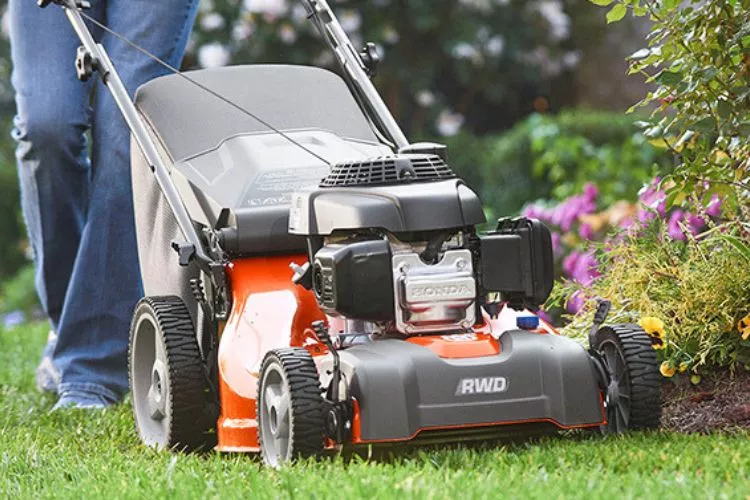
- Firstly, the electrical specifications matter. The solenoid must match the electrical system of your lawn mower. For instance, a 12-volt solenoid is standard for most gas-powered lawn mowers, but an electric lawn mower might require a different voltage solenoid.
- Secondly, the physical size and design of the solenoid play a role. Solenoids come in different shapes and sizes to fit into various spaces within the mower’s design. The mounting bracket and terminal positions must align correctly with your lawn mower’s setup.
- Lastly, the function of the solenoid is critical. As we’ve seen, there are starter solenoids, fuel shut-off solenoids, and clutch solenoids, each serving a distinct role. The type of solenoid you need will depend on the specific system in your mower that requires it.
Manufacturer-specific solenoids
Now, regarding manufacturer-specific solenoids, things get a bit more particular. Major lawn mower brands often design their mowers with certain proprietary components, including solenoids. These components are specifically crafted to match their models’ unique electrical and mechanical systems.
Brands like Briggs & Stratton, Husqvarna, Toro, John Deere, and many others have their specifications regarding solenoids. For instance, a John Deere lawn mower may require a solenoid with unique terminal arrangements not found in other brands.
These manufacturer-specific solenoids are meticulously designed to ensure optimal mower performance, safety, and longevity.
As such, when replacing a solenoid on a specific brand of lawn mower, the first recommendation is usually to use a solenoid approved or provided by the manufacturer. This way, you can be certain of its compatibility and quality.
Universal solenoids
While manufacturer-specific solenoids are the recommended choice, there are scenarios where a universal solenoid might come into play.
As their name suggests, universal solenoids are designed to be compatible with a wide range of lawn mowers, regardless of the brand or model. They are standard starter solenoids operating on common electrical systems found in most mowers.
The major advantage of using universal solenoids is their availability and often lower cost. If you’re stuck in a pinch and can’t find the exact replacement part for your mower brand, a universal solenoid might be your best bet. They’re easy to find at most home improvement stores or online.
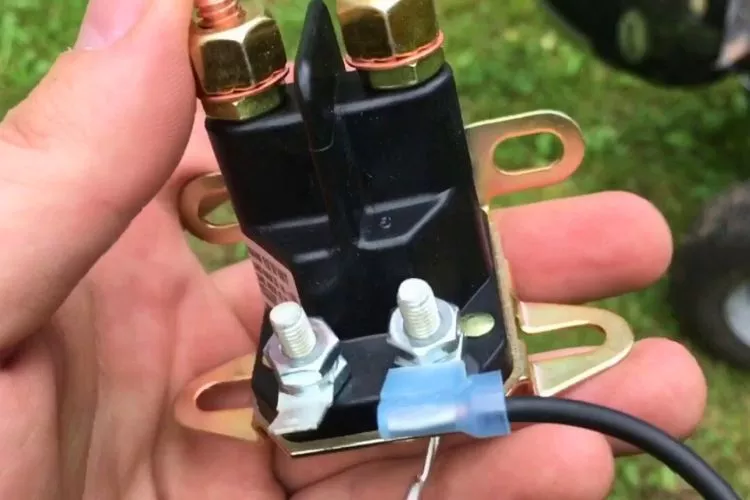
However, it’s important to note the potential drawbacks. While they are made to fit ‘universally’, these solenoids might not provide the same level of performance or longevity as a manufacturer-specific part.
Their ‘one-size-fits-all’ design means they might not fit perfectly into the unique design of your mower, possibly leading to problems down the line.
Tips for selecting the right solenoid for your lawn mower
Choosing the right solenoid for your lawn mower might seem daunting, especially given the intricacies we’ve discussed. However, you can make the right choice armed with the right knowledge and a few tips.
The first step is to check the specifications and compatibility of the solenoid. Look for key details like the voltage, physical dimensions, terminal arrangements, and the specific function the solenoid serves. Compare these with the solenoid specifications currently in your mower, or the one recommended in your mower’s manual.
Secondly, don’t shy away from seeking professional help. Contact the manufacturer’s customer service or consult a local lawn mower repair expert if unsure.
They can provide you with the accurate information you need, and possibly even guide you towards where you can purchase the right solenoid.
Remember, picking the correct solenoid will ensure your lawn mower operates correctly and prevent potential damage and costly repairs down the line. So, take your time, do your homework, and when in doubt, seek expert advice.
How to choose the right lawn mower solenoid?
Choosing the right solenoid for your lawn mower is an essential step to ensure the longevity and efficiency of your equipment. Here’s a step-by-step guide to making the right choice:
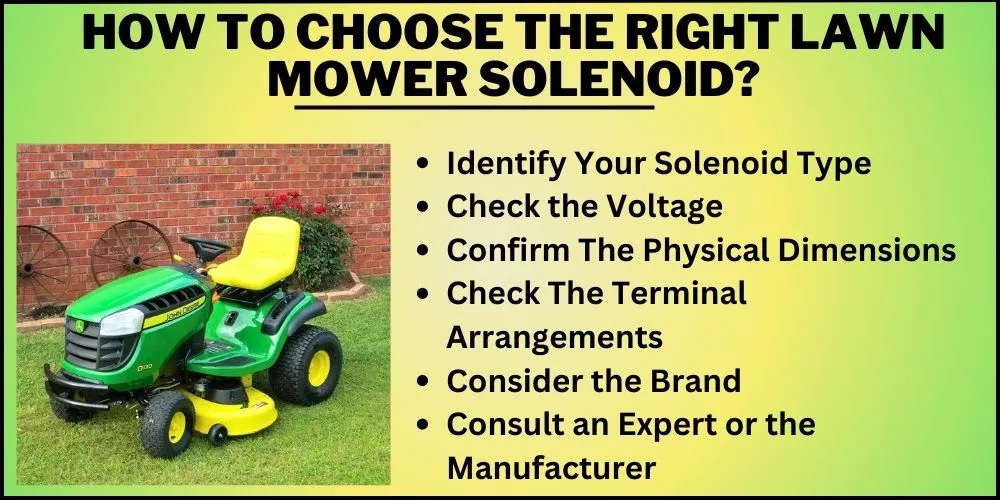
Step 1: Identify Your Solenoid Type
First off, identify what type of solenoid your mower requires. Is it a starter solenoid, a fuel shut-off solenoid, or a clutch solenoid? You can find this information in your mower’s user manual or by visually inspecting the existing solenoid in your mower.
Step 2: Check the Voltage
Make sure to match the voltage of the solenoid to your mower’s electrical system. Most gas-powered lawn mowers use 12-volt solenoids, but check your mower’s specifications to be certain. An incorrect voltage can result in poor performance or even damage the mower’s electrical system.
Step 3: Confirm the Physical Dimensions
Ensure the solenoid’s physical dimensions and mounting bracket design match your mower’s design. Remember, a solenoid that doesn’t fit properly can lead to malfunction or even damage.
Step 4: Check the Terminal Arrangements
The terminal arrangements of the solenoid should be compatible with your mower’s wiring. Whether it’s a four-post or three-post terminal, it must correspond to your mower’s wiring connections.
Step 5: Consider the Brand
Try to get a brand-specific solenoid if your lawn mower is from a major brand like John Deere, Briggs & Stratton, Husqvarna, etc.. They are designed to work optimally with their respective mowers. A universal solenoid can be a fallback option if a brand-specific solenoid isn’t available.
Step 6: Consult an Expert or the Manufacturer
If you’re still unsure, don’t hesitate to consult the manufacturer or a professional lawn mower repair technician. They have a wealth of knowledge and can guide you towards the best choice.
Remember, investing time in choosing the right solenoid can save you from potential performance issues, costly repairs, or even safety risks. Your lawn mower is a long-term investment, and your chosen components should help it function at its best.
How to install a lawn mower solenoid?
Installing a lawn mower solenoid may sound intimidating, but you can do it safely and correctly with some patience and careful steps. Here’s a guide to help you out:
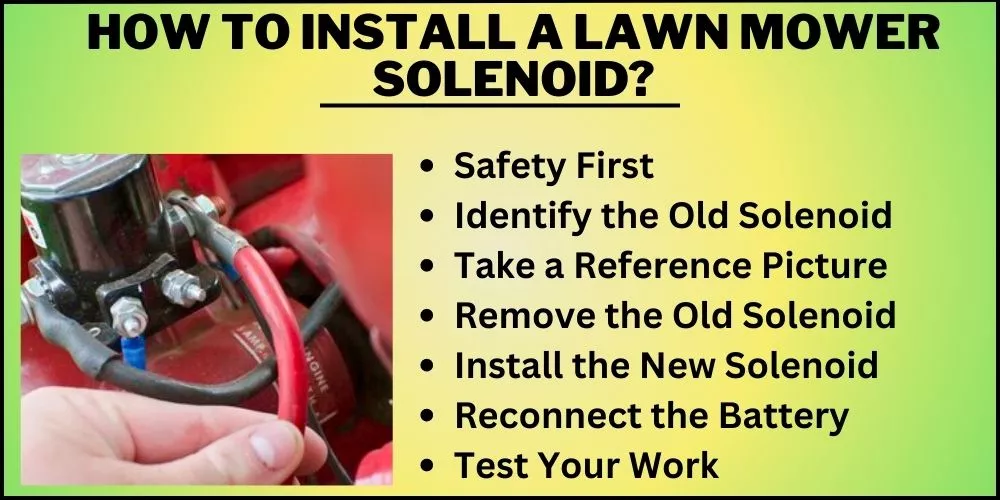
Step 1: Safety First
Always disconnect the battery before working on your mower’s electrical system. This will prevent accidental shocks or unintentional starting of the mower.
Step 2: Identify the Old Solenoid
Find the old solenoid in your mower, usually located near the battery. It’s typically a small, black cylinder with two large terminals and one or two smaller terminals.
Step 3: Take a Reference Picture
Before disconnecting anything, take a picture for reference. This will help you remember where each wire goes when installing the new solenoid.
Step 4: Remove the Old Solenoid
Loosen and disconnect the wires from the solenoid’s terminals. Then, remove the screws holding the solenoid and remove the old solenoid.
Step 5: Install the New Solenoid
Mount the new solenoid in the same place as the old one and tighten the screws. Then, referring to your reference picture, reconnect the wires to the correct terminals on the new solenoid.
Step 6: Reconnect the Battery
Once the new solenoid is installed and all connections are secure, reconnect the battery.
Step 7: Test Your Work
Test the new solenoid by starting your mower. If the mower starts without issue, congratulations, you’ve successfully installed your new solenoid!
Frequently Asked Questions (fAQs)
Can I replace a faulty solenoid with a different brand?
Yes, you can replace a faulty solenoid with a different brand, provided the specifications match and it’s compatible with your mower model.
How can I identify the correct solenoid for my lawn mower?
To identify the correct solenoid, check your mower’s manual or consult the manufacturer for the correct specifications and model number.
Are there any alternative solutions to solenoid replacement?
Possible alternatives to solenoid replacement could be cleaning the solenoid or repairing the coil, depending on the problem’s nature.
Can I install a universal solenoid on any lawn mower?
While universal solenoids are designed to fit many mowers, check compatibility with your specific model before installation.
What are the common signs of a failing solenoid in a lawn mower?
Common signs of a failing solenoid include difficulty starting the mower, a clicking noise when you turn the key, or intermittent electrical issues.
How much does a lawn mower solenoid cost?
The cost of a lawn mower solenoid varies, typically from $10 to $50, depending on the brand and specifications.
Conclusion:
In conclusion, lawn mower solenoids, while small, play a significant role in the operation of your mower.
We’ve delved into what they are, their different types, and importantly, their universality. While there are universal solenoids, choosing one compatible with your specific mower is vital for optimal performance.
Remember, when in doubt, consult the manufacturer or an expert. We hope that this guide has been helpful. You can read about similar topics here on our website. Check back again soon for more.

